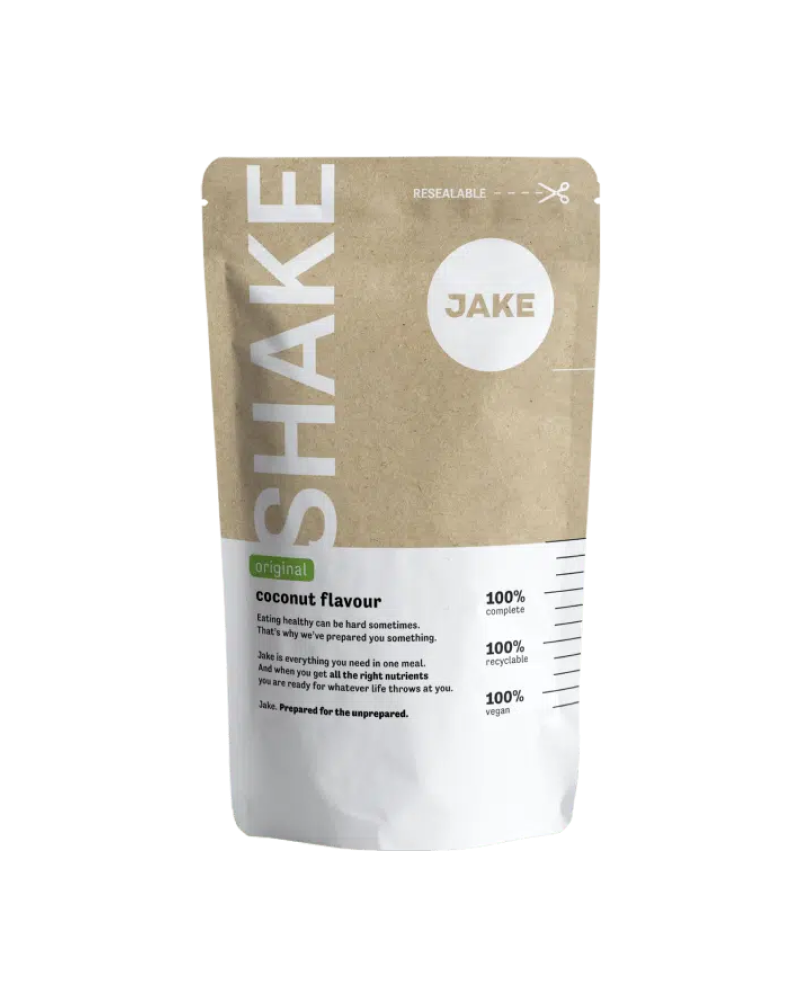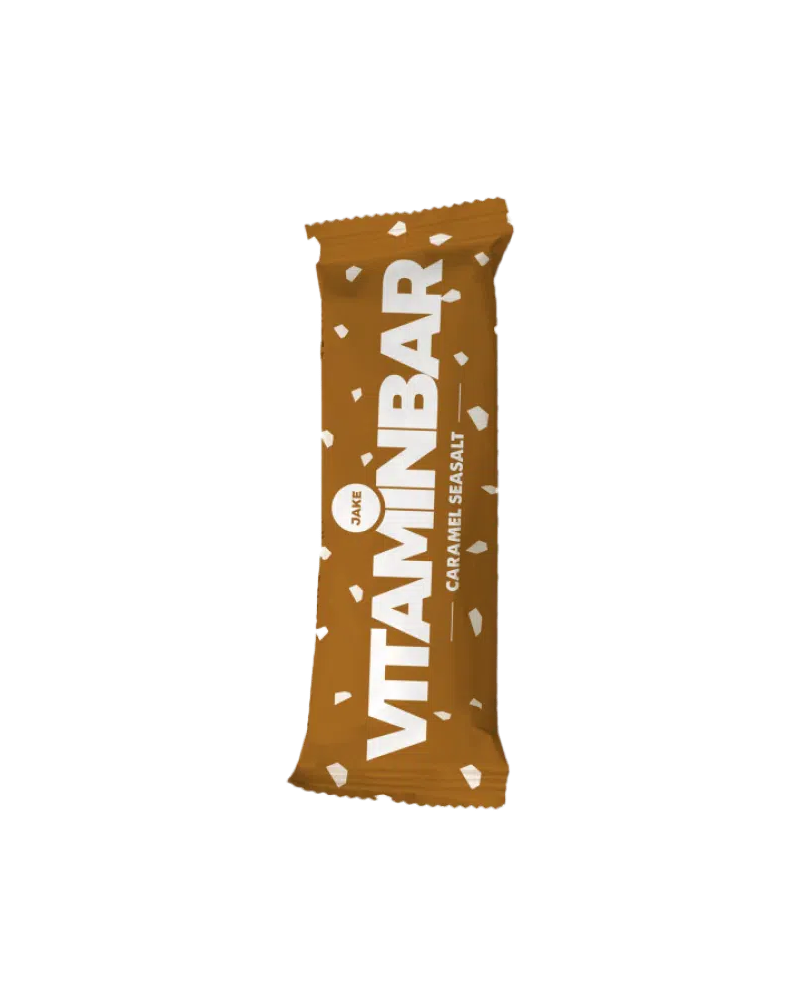Vegans do not consume foods or products that come from animals. Among other things, they do not eat meat, fish, eggs and dairy but at the same time they do not wear leather, silk and wool because these are also animal products. Keeping track of all this can still be quite a task and sometimes you can’t see the forest for the trees. There are also quite a few products that at first glance appear to be vegan, but are not when you delve into the ingredients and their origins. We have researched 10 of these foods for you and highlighted them in more detail below so that in the future you will know which products are better to leave out if you are vegan.
Beer and wine
Perhaps the biggest disappointment among vegans. Various excipients are used to clarify beverages. These can be plant-based, but in practice are often of animal origin. For example, albumin (chicken protein), casein (milk protein), gelatin (ground bone and cartilage from mammals) and fish glue (dried bladders from fish) are used for this purpose. What manufacturers use, moreover, they often do not have to put on their labels. In addition, honey is sometimes added to beer, which is also not vegan since it is made by bees (Van Doorn, 2023).
Potato Chips
You would think potato chips consist of potato, vegetable oil, salt and maybe some herbs/species for extra flavor, but nothing could be further from the truth. Many types of potato chips have milk or whey powder, cheese powder or lactose added to them, making it impossible to eat as a vegan. Fortunately, a lot of vegan varieties still exist, but be sure to look carefully at the ingredient list on the back of the package first.
Worcestershire sauce
This sauce is indispensable in the kitchen for many people and a well-known tongue twister for many. What many do not know is that this sauce is not vegan. This is because the sauce contains anchovies, a small fish with a unique flavor. If you want a vegan alternative, you can mix a teaspoon of soy sauce with a teaspoon of vinegar or lemon juice.
Breadcrumbs
Breadcrumbs are essential if you want to give a product a good crispy coating. However, egg is often added to improve the texture, taste and color of the breaded product. So again, look carefully at the packaging to find out if it is included!
Carmine
Carmine, also known as cochineal, cochineal, or E120 on food labels, is a natural red dye extracted from the dried female scale insect Dactylopius coccus Costa. These tiny insects live on cacti and secrete a bright red pigment as protection from predators.To make carmine, the female scale insects are harvested, dried and then ground into a powder. This powder contains the red color pigment, which is then extracted using various chemical processes. Carmine is often used to obtain red and pink hues in food products such as candy, pastries, fruit juices, yogurt, and even meat products (ProVeg Nederland, 2019).
Bread
Bread is usually vegan, but some types of bread and baked goods may contain ingredients that are not vegan. For example, milk may be added to white bread and sometimes eggs in sweet breads such as brioche to create a softer texture. In addition, some E numbers (additives) used in bread may come from animal sources. E numbers regularly found in bread that may contain animal ingredients are: E322, E470 to E472f and E481 to E483 (Voedingscentrum, z.d.). Vegans may also choose to avoid E-numbers whose origin is not clear.
Chewing gum
Most types of chewing gum are vegan, but beware! Sometimes animal gelatin is added to chewing gum as a binder or texture enhancer. In addition, it is also common for shellac to be used. Shellac is a natural resin produced by the female lacquer shield aphid. It is sometimes used as a glazing agent on chewing gum. Another way to give chewing gum a sheen is to use beeswax. Beeswax is a bee product and therefore is not considered vegan.
White sugar
In the sugar industry, sugar cane or sugar beet juice is often filtered to remove impurities before it is crystallized. Sometimes a process that includes bone char is used for this purpose. Bone charcoal is made from burned animal bones, usually from cattle. This process, known as “bone char filtration,” can make the sugar unsuitable for vegans. However, producers are not required to disclose this on the packaging, so finding this out requires contacting the producer or finding a vegan label on the package (The Vegetarian Resource Group, z.d.).
Flavorings
Some flavorings are of animal origin, such as castoreum (beaver scent). This is a flavoring derived from the scent glands of beavers. It gives a vanilla-like flavor and is therefore not vegan. It is used as a flavoring for cookies, cakes, ice cream and other vanilla-flavored products, among others, and is usually only seen on the label under the heading “natural flavoring.
Dietary supplements
Several dietary supplements can be difficult to be vegan because of the ingredients used in their manufacture. Omega-3 supplements are often made from fish or fish-derived ingredients. However, vegan alternatives such as algae oil are available. Vitamin D3 is usually extracted from lanolin, a waxy substance derived from sheep’s wool. Vegan vitamin D supplements usually contain vitamin D2, which is plant-based. However, the body does not absorb this form as well (Nederlandse Vereniging voor Veganisme, 2023).
Sources:
Van Doorn, W. (2023, 12 juli). Zijn wijn en bier vegan? Quest. https://www.quest.nl/mens/voeding/a44501757/wijn-bier-vegan/
Vegetarian Journal Mar/Apr 97 Sugar and Other Sweeteners — The Vegetarian Resource Group. (z.d.). https://www.vrg.org/journal/vj97mar/973sugar.htm
ProVeg Nederland. (2019, 10 oktober). Karmijn: Verstopte dierlijke stoffen in je eten. https://proveg.com/nl/blog/e120-karmijn/
Nederlandse Vereniging voor Veganisme. (2023, 4 april). Vitamine D – Nederlandse Vereniging voor Veganisme. https://www.veganisme.org/informatie/voedingsstoffen/vitamine-d/#:~:text=Let%20er%20wel%20op%20dat,is%20(bijvoorbeeld%20uit%20schapenwolvet).&text=Er%20bestaan%20ook%20vegan%20varianten%20uit%20bijvoorbeeld%20gist%20of%20korstmos.&text=Meestal%20staat%20op%20de%20verpakking,deze%20geschikt%20is%20voor%20veganisten.
Voedingscentrum. (z.d.). Hoe herken je dierlijke ingrediënten op het etiket? https://www.voedingscentrum.nl/nl/service/vraag-en-antwoord/veilig-eten-en-e-nummers/hoe-herken-je-dierlijke-e-nummers-op-het-etiket.aspx#:~:text=E%2Dnummers%20die%20dierlijke%20componenten,%3B%20E920%3B%20E966%3B%20E1518.








